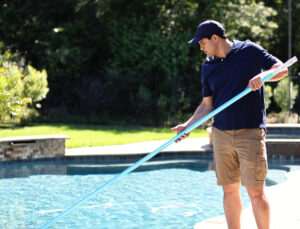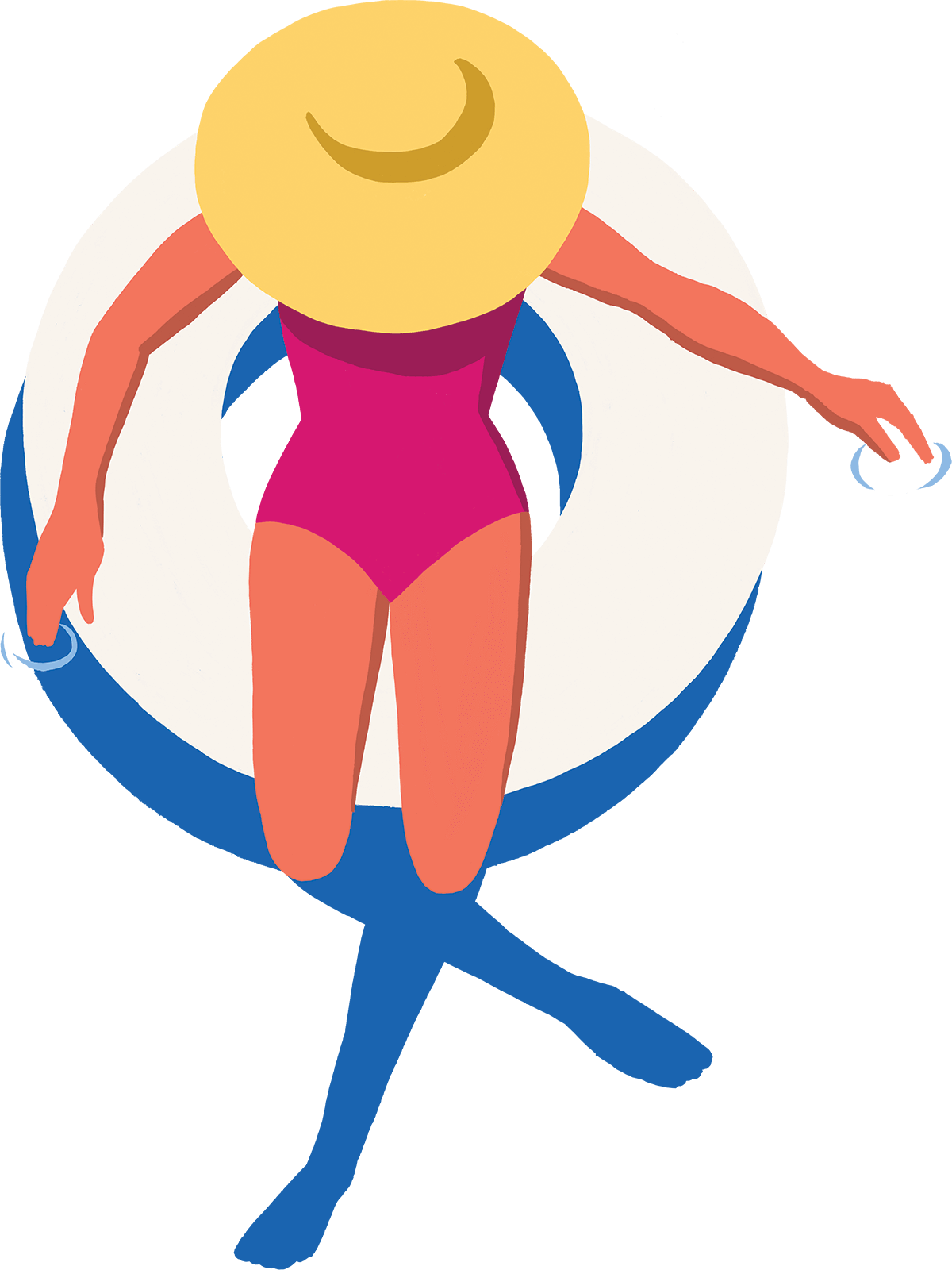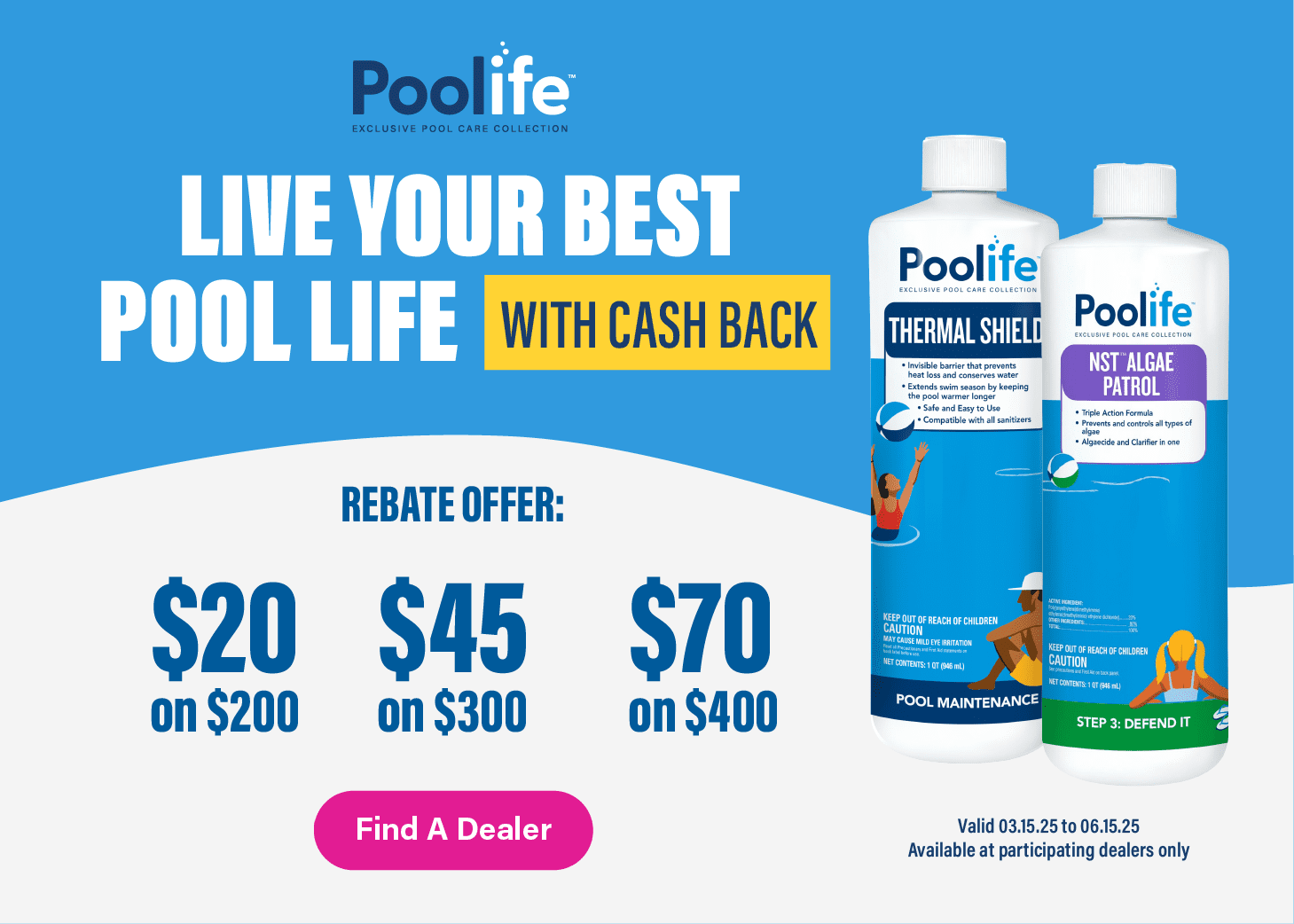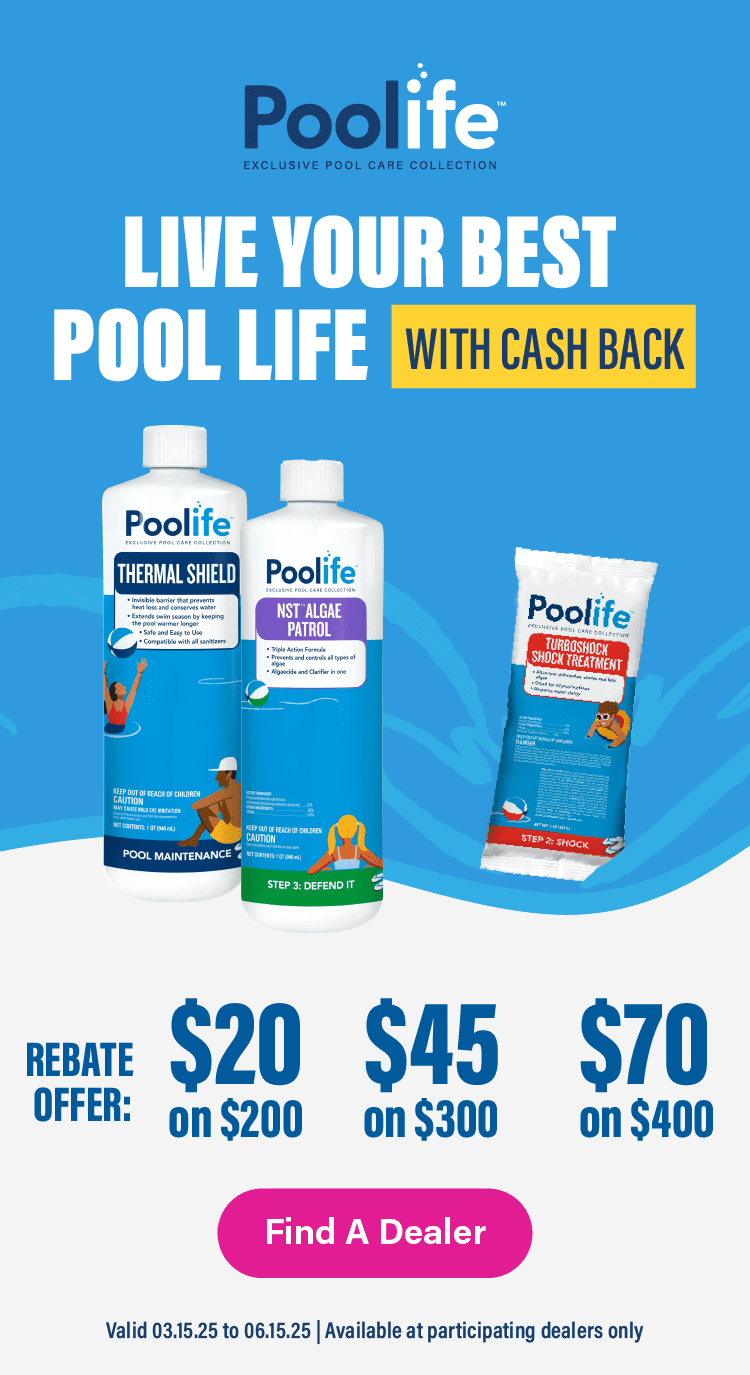Nothing is as relaxing as swimming in a clean pool with fresh water that maintains skin, eye, and hair health. A clean pool also attracts regular use and improves your home’s value as it is considered safe. This means that as a pool owner, you must regularly clean your pool to make it more appealing and reduce maintenance costs.
You must use the right chemicals to clean the pool easily. Then add them in the right order to balance the pool’s chemistry, and here is where the problem lies. Remember, there is an order to add pool chemicals that you must follow to prevent chemical reactions. However, doing this is never easy for most pool owners, as the process involves testing and balancing the water at every stage.
But don’t worry; Poolife™ has the guide to adding pool chemicals in order!
The Right Order to Add Pool Chemicals
As a pool owner who values the swimmer’s safety, you need to understand the order in which to add pool chemicals. Doing this helps balance the water’s chemistry, keeping swimmers safe from harmful chemical reactions.

Follow the below steps to add chemicals to your pool:
Add Alkalinity Adjuster
The first thing you need to do while adding pool chemicals in order is to balance the water’s alkalinity. This is achievable by balancing the alkalinity to 80-120 ppm (parts per million). Use the right products to balance the pool water’s alkalinity, depending on its level.
For example, if the water’s alkalinity is low, use Poolife Alkalinity Plus to raise it. Then test the pool water afterward to determine if it is balanced. Remember, if the water’s alkalinity level is low, it causes the most important balance (pH) to be unstable. Low alkalinity can also damage pool surfaces and equipment.
However, high alkalinity is not a good either, as it causes the pH to rise, resulting in eye and skin irritation, cloudy water and scale build-up on pool surfaces and equipment. Poolife pH Minus is used to lower alkalinity in pool water.
Bring in a pH Adjuster
The next order to add pool chemicals entails balancing the pH level. As you know, pH determines how acidic or basic the pool water is. Either too high or low can affect swimmer comfort, chlorine efficacy, and pool surfaces and equipment.
Ensure your pool water has a pH of between 7.2 and 7.6. If it goes below this point, the pool water becomes acidic and corrodes the equipment. However, if it reaches above the recommended pH, the water may cloud, as well as, slow down the activity of the chlorine.
Use Poolife pH Plus to raise the pH level of acidic water and the Poolife pH minus will help you lower pH levels above 7.6.
Manage Calcium Hardness
Adding pool chemicals in order also involves managing the calcium levels in the water. Remember, proper calcium levels minimize scale formation and protect the pool surface and equipment.
If the calcium level is high, the water may be cloudy and scale can form on pool surfaces and equipment. However, low calcium levels lead to corrosion, etching, and pitting. To avoid all these, add Poolife Calcium Plus and maintain the calcium levels at 200-500 ppm for your concrete or plaster pool. Vinyl or fiberglass swimming pools require calcium levels between 175 and 225 ppm.
The best thing about adding this product to the pool is that it remains stable for a long time, unlike chlorine or pH. Therefore, you may not need to re-balance calcium for awhile.
Add Chlorine
According to our guide to adding pool chemicals in order, chlorine is the next chemical to be added to the pool. Chlorine works as a pool sanitizer, oxidizing contaminants like bacteria and algae. Add enough chlorine to maintain a 1 – 4 ppm chlorine level at all times. Do not enter the pool if the chlorine is either below 1 ppm or above 4 ppm.
Our Poolife NST Prime Tablets utilize our proprietary slow-dissolving Cal Hypo tablet technology to sanitize pool water without adding any Cyanuric Acid. The extended-release, non‑stabilized tablets last for days! You can use these tablets in our NST™ Floater, NST™ Skimstack, or NST™ Prime Feeder. The best part? Our NST Prime Tablets are compatible with chlorine, salt chlorine generators, ozone, and mineral systems.
Cyanuric Acid
Using chlorine for sanitation requires low levels of cyanuric acid (CYA). Also known as stabilizer or conditioner, CYA works like a sunscreen for your chlorine. Without it, your chlorine will get broken-down by the sun’s UV rays. Maintain the CYA level between 20 – 50 ppm.
If your stabilizer levels are too low (< 20 ppm), Poolife Stabilizer & Conditioner will need to be added to the pool. Always add this product into the skimmer. It will prevent UV rays from reaching the chlorine in water, making it last five times longer!
Algaecide
Water and algae are like inseparable friends, and this is a common scene in lakes and oceans. To prevent your pool from harboring algae, ensure you understand this guide to adding pool chemicals in order. The chemical you should add at this juncture is algaecide, which discourages algae growth.
It is advisable to add algaecide to the pool water regardless of the frequency with which you use it. This is because algae is a stubborn plant that can be frustrating to manage. Consult with a pool expert to know the right amount of algaecide to use.
Shock
In addition to using chlorine and algaecide regularly, pools should be shocked every week, more often if heavily used or after storms. Use a Cal Hypo (non-stabilized) product and add it directly to the pool, at least 12 hours before or after adding other chemicals. Cal Hypo does not contain any CYA and will not lead to over-stabilization, or chlorine lock.
Why Stick to the Above Guide to Adding Pool Chemicals in Order?
The main reason you need to follow the order is to prevent the chemicals from reacting with one another. Some of these chemicals can react with one another and become volatile when not handled carefully. So stick to adding pool chemicals in order and use the recommended amounts to make your pool clean and safe.
Bottom Line
Having a swimming pool at home has many advantages that you should not miss out on. However, it also requires you to be responsible for its cleanliness and safety, which you can do as a DIY project. Clean yours by adding pool chemicals in order using Poolife products. Use our store locator to find Poolife products near you today!


